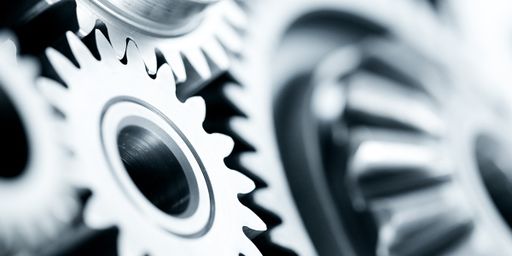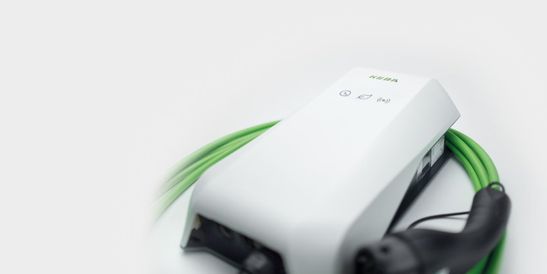Charging the company car at home – this is how the billing works
- Knowledge
- Private
- Charging
- Business
- Company Car
- Billing
- 8.4.2022
- Reading Time: {{readingTime}} min
- Share Article

Contents

Charge at home with a Wallbox only
First, a note about the safety of a private domestic electrical system: While pure battery-electric vehicles (BEV) or plug-in hybrids (PHEV) often come with a charging cable for earthed domestic sockets, this charging method should be avoided whenever possible. It is a stopgap solution. Conversely, a properly installed wallbox is built for continuous use and higher charging rates. And there are many advantages that come with it.
The radical option: your own electricity meter
Arguably the most time-consuming method of passing on electricity costs incurred by your company car is to install an additional electricity meter in your own distribution board. Here, it is as if the charging station had its own power supply—like a separate flat whose supply is registered to the employer. But this causes additional costs, due to both the extra installa-tion work and the material used. Moreover, the charging rate becomes more expensive per kWh, as there are additional power network access charges.
The intelligent option: a wallbox with an integrated electricity meter
Wallboxes like the P30 models of KEBA’s c-series or x-series as well as the company car wallbox count the electricity that flows through them into the battery. The total amount of kilowatt hours is clearly visible on the case display, but can also be retrieved on the web interface of these connected wallboxes (e.g., via Wi-Fi). Thus, the simplest solution is to send a monthly or quarterly invoice to the employer for the power consumed at the agreed kWh price based on the actual electricity costs incurred. You don't even have to document the consumption yourself - the latest KEBA software automatically sends monthly reports by email.
MID-certified meter for reliable billing - even at home
Wallboxes with MID-certified energy meters ensure the highest precision in billing. This meter is calibrated and generates its own data record for each charging session, which can be viewed in the charging station's web interface. This means that the charging data is beyond any doubt. All KEBA wallboxes of the c- and x-series as well as the company car wallbox are optionally available with MID meters.
Especially for Germany, the charging stations are also available as Mess- und Eichrecht conform, whereby a signed data record is automatically generated in the device for each charging session and stored in the long-term memory. This gives users the opportunity to check the authenticity and correctness of their charging processes thanks to a transparency software.
Pass on costs to employer: even with multiple private users
If there is more than one electric vehicle in your home or in a shared garage, the precise billing of costs incurred by charging the company vehicle is also not a problem. The solution: user allocation via RFID. KEBA wallboxes equipped with this feature register who is currently charging and thus allow for a transparent breakdown of the charging sessions. Moreover, this feature is also perfectly suited for private users who wish to split costs in the shared charging infrastructure.

























